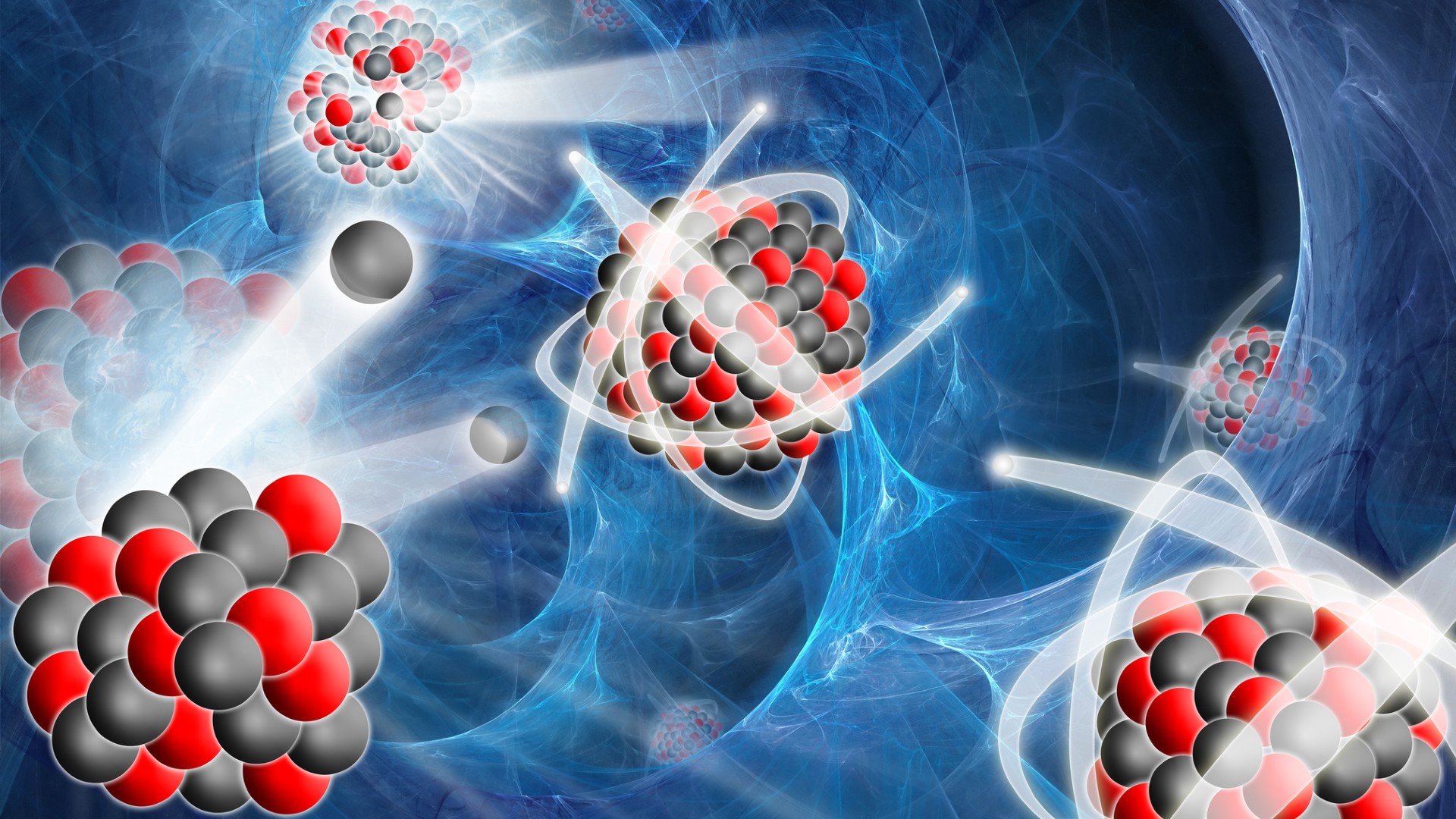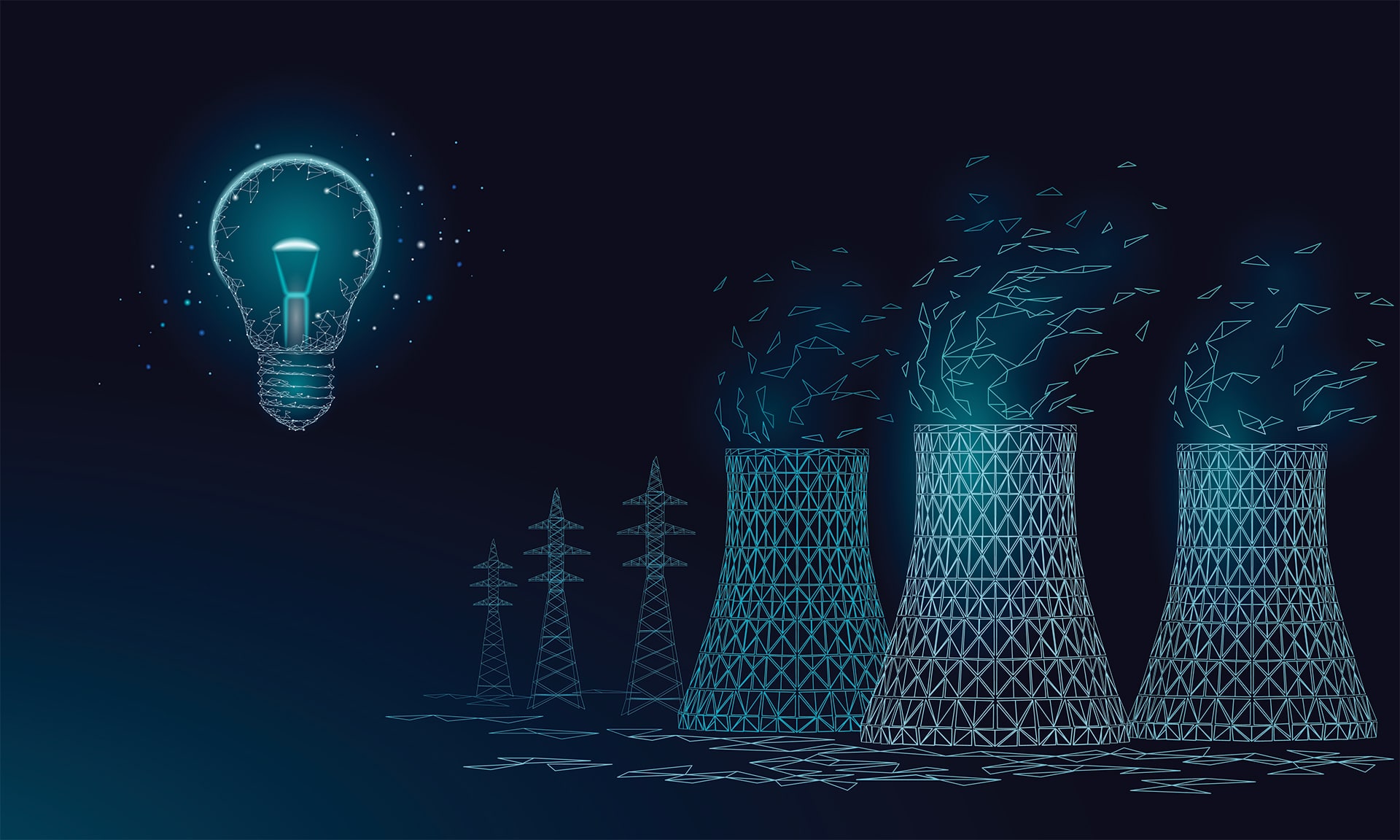Anúncios
Harnessing the incredible power of nuclear energy is a topic of rising importance as we look to a future reliant on sustainable resources. The latent potential that nuclear energy holds is undeniable. Yet, it is a resource that often gets overshadowed by negative connotations. The objective here is to shine a light on this under-explored subject, diving deep into the possibilities and practical applications of nuclear power in our ever-evolving world.
The next level of sustainability could be within our reach, a reality where clean, efficient energy is the norm rather than the exception. This text is aimed to take you on an enlightening journey into the realm of nuclear power. We will explore its scientific basis, operational mechanisms, and its significance in achieving energy sustainability in the coming decades.
Anúncios
Moreover, we will debunk some of the common misconceptions that surround nuclear energy. From safety concerns to waste disposal, each aspect will be addressed with fact-based evidence, offering a balanced view of its pros and cons. The goal is to present nuclear energy not as a distant scientific concept, but as a tangible solution that could potentially reshape our sustainable future.
Another critical aspect we’ll delve into is the economic feasibility of nuclear energy. The costs, benefits, and implications of incorporating nuclear power into our energy grid will be thoroughly examined. This exploration will provide a comprehensive understanding of its impact on the economy and society at large.
Anúncios
To conclude, we will envision the future possibilities that embracing nuclear energy could unfold. From combating climate change to achieving energy independence, the potential outcomes are truly transformative. By the end of this exploration, you will hopefully have a newfound appreciation for the power of nuclear energy and its potential role in our sustainable future.
The Fundamentals of Nuclear Energy
Understanding the power of nuclear energy begins with a closer look at its fundamental principles. At the heart of this powerful energy source lies the atom—the smallest unit of matter that retains the properties of an element. Specifically, nuclear energy is derived from the nucleus of the atom, the dense core where protons and neutrons are bound together by the strong nuclear force. This binding force is incredibly powerful, and when it is disrupted, it can release vast amounts of energy.
There are two primary ways to harness nuclear energy: nuclear fission and nuclear fusion. Both processes involve interactions within atomic nuclei, but they operate in very different ways and under vastly different conditions.
Nuclear Fission
Nuclear fission is the most widely used method of generating nuclear power today. It involves splitting the nucleus of a heavy atom—typically uranium-235 or plutonium-239—into two smaller nuclei, along with a few neutrons and a large release of energy in the form of heat. This heat is used to produce steam, which drives turbines and generates electricity.
The process of fission begins when a neutron collides with a fissile atom. The impact causes the nucleus to become unstable and split, releasing energy and additional neutrons. These neutrons can then initiate further fission reactions in a chain reaction. In nuclear power plants, this chain reaction is carefully controlled using control rods made of materials like boron or cadmium, which absorb excess neutrons.
One of the major advantages of fission is its high energy density. A small amount of nuclear fuel can produce a tremendous amount of energy. For example, one gram of uranium-235 can release over 24,000 kilowatt-hours of energy—several million times more than the same amount of coal or oil.
Nuclear Fusion
Nuclear fusion, on the other hand, is the process by which two light atomic nuclei combine to form a heavier nucleus, releasing energy in the process. This is the reaction that powers the sun and other stars, where hydrogen atoms fuse to create helium under conditions of extreme temperature and pressure.
Fusion has long been considered the “holy grail” of clean energy. It produces no greenhouse gases, leaves behind minimal radioactive waste, and uses fuel sources—like isotopes of hydrogen—that are abundant and widely available. Moreover, fusion reactions are inherently safe; unlike fission, they cannot run away uncontrollably.
However, despite decades of research, sustained, controlled nuclear fusion has proven extraordinarily difficult to achieve on Earth. The primary challenge lies in recreating the conditions necessary for fusion—temperatures of over 100 million degrees Celsius and intense pressures—to keep the reacting particles confined long enough to extract useful energy. Current experimental efforts, such as the ITER project in France, are working toward overcoming these challenges using magnetic confinement (tokamaks) and inertial confinement methods.
Comparing the Two
While both fission and fusion involve nuclear reactions, their byproducts and implications are very different. Fission produces radioactive waste that must be securely stored for thousands of years, while fusion generates much less hazardous material. Fission technology is commercially available and well-understood, while fusion remains in the research and development phase.
In summary, the fundamentals of nuclear energy revolve around the incredible power contained within the atomic nucleus. Whether through the controlled splitting of atoms in fission or the merging of atomic nuclei in fusion, humanity has discovered ways to tap into one of nature’s most potent energy sources. Understanding these processes is essential as we consider how nuclear power can contribute to a sustainable, low-carbon energy future.
The Role of Nuclear Energy in Sustainable Development
A crucial facet of nuclear energy lies in its potential contribution to sustainable development. The use of nuclear energy could play a significant role in mitigating the effects of climate change by providing a carbon-free source of electricity.
Low Greenhouse Gas Emissions
Compared to traditional fossil fuels, nuclear power generates a low amount of greenhouse gases. This is because nuclear fission does not produce carbon dioxide, the primary gas responsible for global warming. Consequently, transitioning to nuclear power can help reduce carbon emissions and combat climate change.
High Energy Output
One of the most compelling advantages of nuclear power is its extraordinary energy density—a measure of how much energy can be extracted from a given amount of fuel. When compared to conventional fossil fuels like coal, oil, or natural gas, nuclear fuel stands out as vastly more efficient and powerful.
To put this into perspective, just one gram of uranium-235—a commonly used isotope in nuclear reactors—can produce as much energy as about three tons of coal or approximately 600 gallons of oil. This means that a very small amount of nuclear fuel can provide enough energy to power homes, cities, or even entire industrial sectors for extended periods of time. As a result, nuclear power plants require far less raw material than fossil-fuel-based plants to generate the same amount of electricity.
This high energy output translates into several key benefits:
1. Reduced Fuel Requirements
Because uranium and other fissile materials have such high energy densities, nuclear power plants need significantly less fuel input than coal- or gas-fired plants. This not only minimizes the environmental disruption caused by mining and transportation but also makes the energy supply chain more efficient and less vulnerable to logistical issues or price volatility in global markets.
2. Consistent and Reliable Power Generation
Nuclear power plants are capable of producing baseload electricity—continuous, stable energy output that does not depend on external conditions like sunlight or wind. A single nuclear reactor can operate 24/7 for up to 18 to 24 months before it needs to be refueled. This makes it especially valuable for maintaining a reliable and resilient energy grid, especially in regions where renewables alone cannot yet meet consistent demand.
3. Compact Infrastructure
Thanks to the high energy output, nuclear power plants can produce large amounts of electricity from a relatively small footprint. Unlike sprawling solar farms or massive coal plants, a single nuclear facility can supply power to millions of homes with far fewer land and infrastructure requirements. This makes nuclear power an appealing option in densely populated or space-constrained areas.
4. Support for Electrification and Decarbonization
As nations push for deep decarbonization and the transition to electrified economies—where transportation, heating, and industry rely increasingly on electricity—there will be a dramatic rise in energy demand. Nuclear energy’s ability to deliver large-scale, carbon-free power makes it a critical tool in meeting these growing needs while also minimizing greenhouse gas emissions.
5. Economic Efficiency Over Time
Although the initial cost of building a nuclear power plant can be high, the long-term operational efficiency offsets much of that investment. Fuel costs are relatively low, and the high output ensures a long lifespan of productive energy generation, typically between 40 and 60 years, often with the possibility of extension.
Challenges and Solutions in Harnessing Nuclear Energy
While nuclear energy holds significant potential, harnessing its power also presents a set of unique challenges. These include waste management, nuclear proliferation risks, and public perception.
Nuclear Waste Management
The generation of nuclear energy results in radioactive waste, which needs careful management due to its long-term environmental and health impacts. Modern technology provides solutions like deep geological repositories, where waste is stored deep underground, minimizing the risk of leakage and contamination.
Addressing Nuclear Proliferation Risks
The spread of nuclear technology also raises concerns about nuclear proliferation – the risk that nuclear materials might fall into the wrong hands. International cooperation and stringent regulations can help mitigate these risks, ensuring that nuclear technology is used for peaceful purposes only.
Improving Public Perception
Public perception is often a barrier to the wider adoption of nuclear energy. Many people have concerns about safety, especially in light of past nuclear accidents. However, through transparency, education, and effective communication, it is possible to address these concerns and build public trust in nuclear power.
The Future of Nuclear Energy
Looking ahead, the future of nuclear energy appears promising. Advanced reactor designs, smaller modular reactors, and the potential breakthrough in nuclear fusion technology could transform the energy landscape.
Advanced Reactor Designs
Advanced reactor designs aim to increase efficiency, improve safety, and reduce waste. For example, Generation IV reactors are being developed to use fuel more efficiently and produce less waste than current designs.
Small Modular Reactors (SMRs)
SMRs are a newer concept in nuclear technology. They are smaller than traditional nuclear reactors, and their modular design allows for scalability and flexibility. SMRs can be used in remote areas or developing countries where large-scale infrastructure is not feasible.
The Promise of Nuclear Fusion
Lastly, if scientists can successfully harness nuclear fusion, it could revolutionize the energy industry. Fusion power promises almost unlimited energy with minimal waste and no carbon emissions. Despite the technical challenges, research in this area is ongoing, and progress is being made.
In conclusion, harnessing the power of nuclear energy for a sustainable future involves both promise and challenges. With advancements in technology and a commitment to safety and sustainability, nuclear power has the potential to make a substantial contribution to global energy needs and climate change mitigation.
Conclusion
The report “Unleashing the Potential: Harnessing the Power of Nuclear Energy for a Sustainable Future” provides a compelling argument for the role of nuclear energy in a sustainable future. This form of energy, despite its controversial reputation, holds immense potential for reducing carbon emissions and meeting the growing global demand for energy. It can play a pivotal role in achieving the United Nations Sustainable Development Goals by providing clean, reliable, and affordable energy. Nonetheless, harnessing nuclear power’s full potential requires overcoming significant challenges. These include ensuring its safety, managing radioactive waste, and gaining public acceptance. However, with the advent of advanced technology, nuclear energy has the potential to provide a safer and more sustainable energy option. Embracing this potential can open the door to a cleaner, more secure energy future. It is therefore crucial that policymakers, stakeholders, and the public approach nuclear energy with an open mind, acknowledging its potential while working to mitigate its risks. Undeniably, nuclear energy can play a crucial role in fostering a sustainable future, if appropriately harnessed. Thus, unleashing its potential is not just an option but a necessity for our collective sustainable future.

